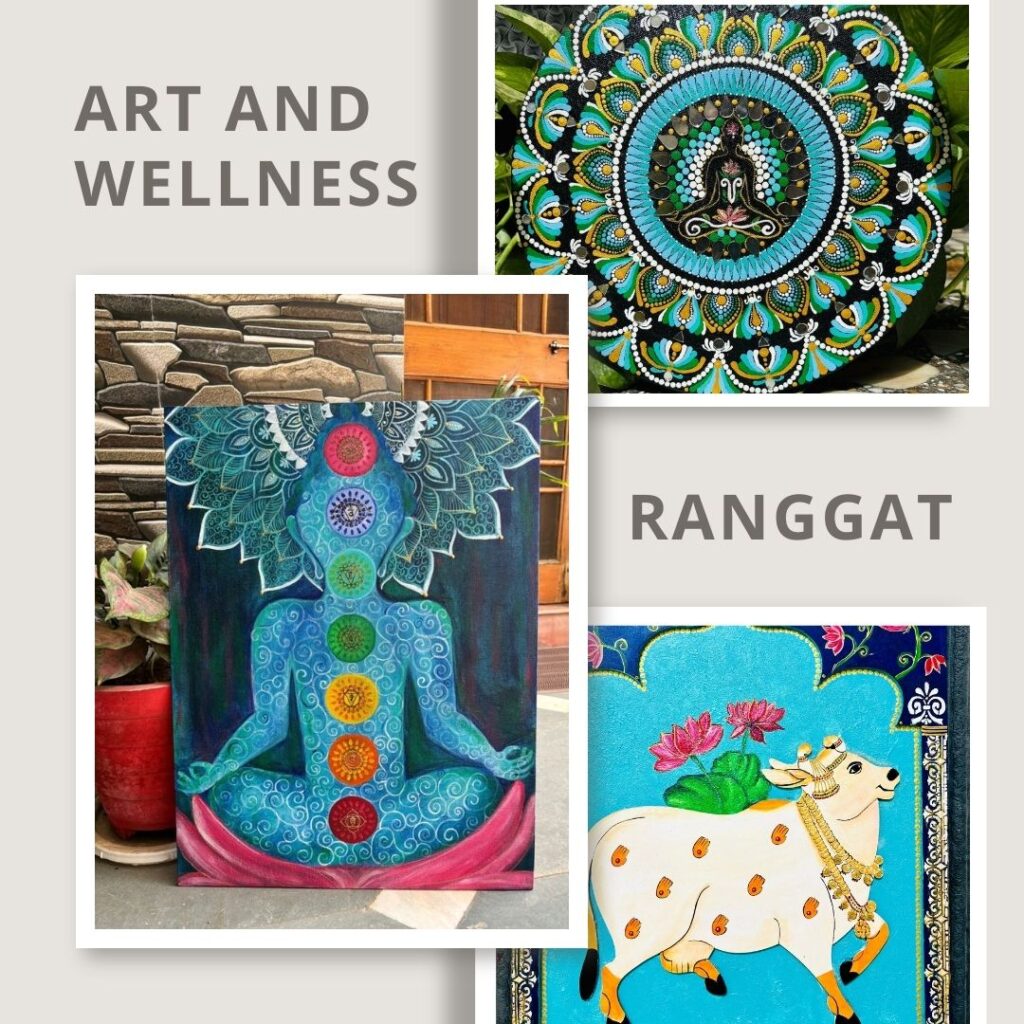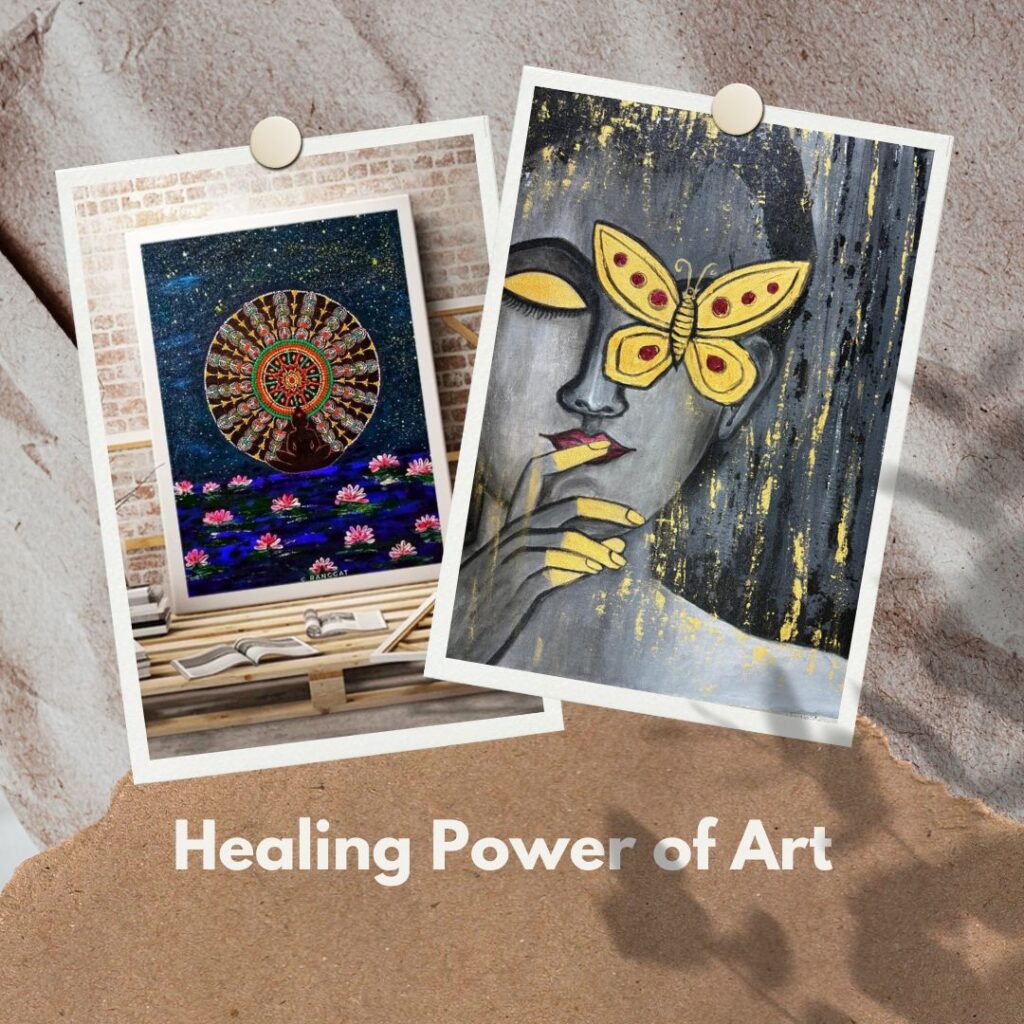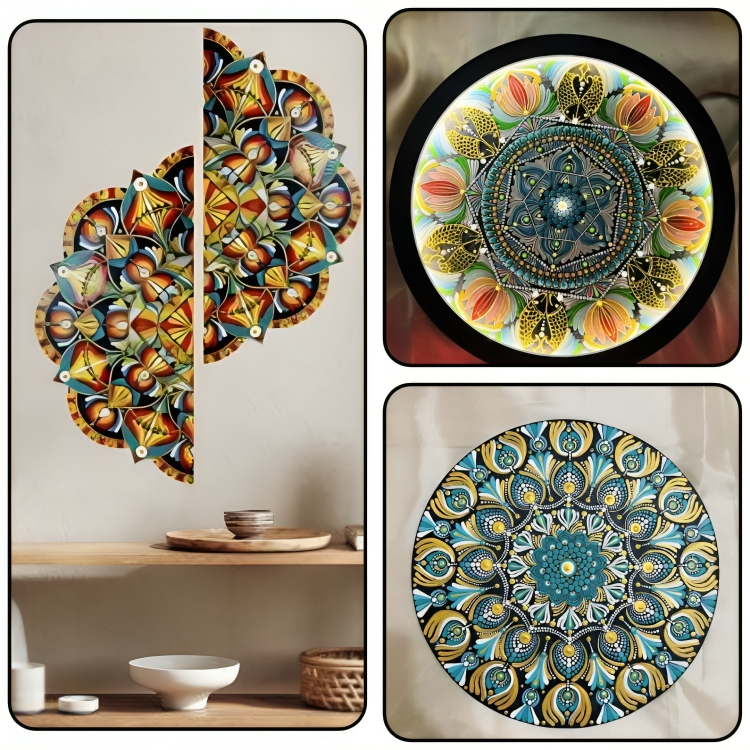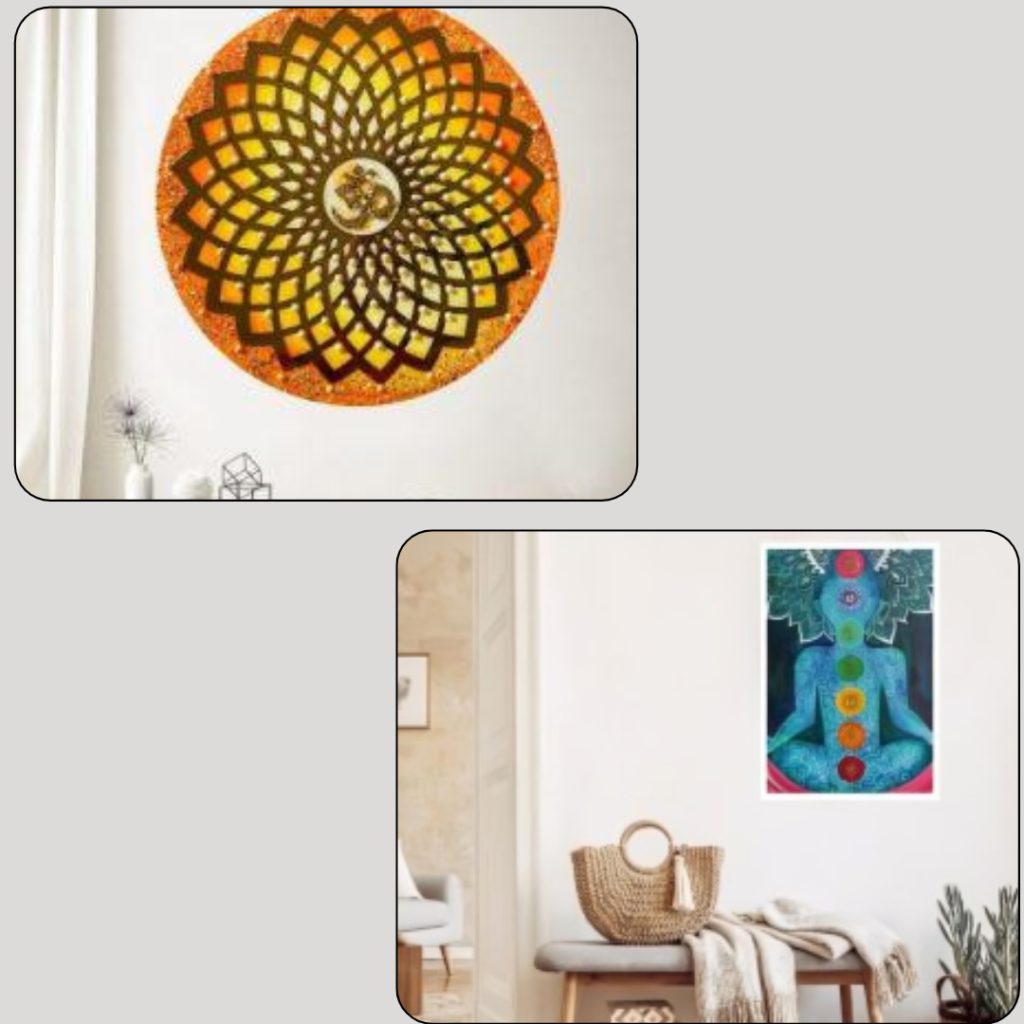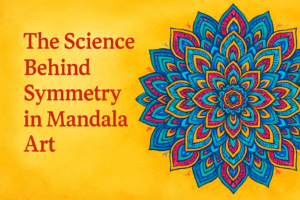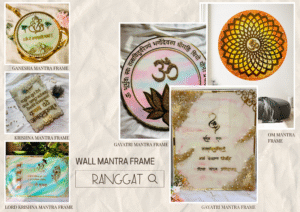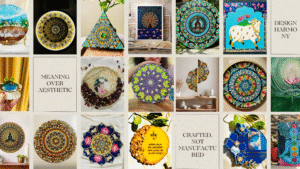People have always expressed their ideas, feelings, and thoughts via art. However, art becomes more than just a creative outlet for many people; it becomes a kind of therapy. One such instance is the path taken by Ranggat, a brand that combines wellness with art, providing a unique perspective on how painting may be a means of emotional recovery and self-care.
The Healing Power of Art
Painting, at its core, is a therapeutic activity. Art has been used as a healing technique for generations, giving people the opportunity to connect with their inner selves and process their feelings. This relationship is at the core of Ranggat’s brand identity. The ability of art to offer a secure environment for people to express their ideas, communicate their feelings, and achieve tranquility by creativity is what gives it its therapeutic value.
The act of painting can be deeply calming once you pick up a paintbrush and go to work. Your mindset can be greatly influenced by colors, and each stroke allows you to release stress. There is freedom and relief in the act of simply making something beautiful, free from restrictions and norms. That is why painting is such a powerful therapeutic tool.
How Painting Became My Therapy
For me, painting was not always a career. It started off as a silent retreat, a private conversation between my soul and the canvas. Every brushstroke was an unspoken declaration, and every color stood for an emotion for which I had not yet found words. Painting evolved from a pastime to something more. It turned into therapy. It started to heal.
There are no questions in art. It passes no judgment. I pour memories, joy, longing, and feelings onto the canvas when I paint. And I find myself again in the process of letting go. That is the core of using art to promote wellness. It is not about making anything flawless. It is about expressing reality.
This particular journey was the inspiration behind Ranggat when I created it. “Ranggat” means soulful colors, and every frame we create carries a fragment of this philosophy. It’s not just about decor; it’s about emotional connection. When people tell me how a frame made them feel admired or brought peace to their space, I know the art is doing what it was always meant to do—heal.
If you’re holding in emotions or feeling lost, I invite you to pick up a brush. Do not stress about skill or technique. Paint your pain and peace. Paint what words can not describe. Because you are likely to discover a piece of yourself that is just waiting to be discovered during that process.
Art changed my life—and continues to. Through Ranggat, I hope it touches yours too.
The Emotional Benefits of Painting
Painting offers multiple emotional advantages that add to its healing properties:
1) Stress Relief:
You may concentrate on something creative and remove yourself from the stresses of daily life by painting. Painting can be an activity that promotes relaxation and lowers anxiety.
2) Emotional Release:
Many people find that painting gives them a way to express feelings that may be hard to put into words. It is a safe space for the exploration and expression of raw emotions.
3) Increased Self-Awareness:
You may find as you paint, specific themes or patterns show up that provide details regarding your emotional and mental health. This self-awareness is a critical stage in healing and personal development.
4) Mindfulness and Focus:
Painting promotes mindfulness, which is the art of living in the present. It helps you to focus completely on the creative process, which helps you relax and feel less anxious.
5) A Feeling of Success:
Creating a painting, regardless of how big or small, gives you a sense of achievement. This increase in self-worth may help people heal emotionally.

